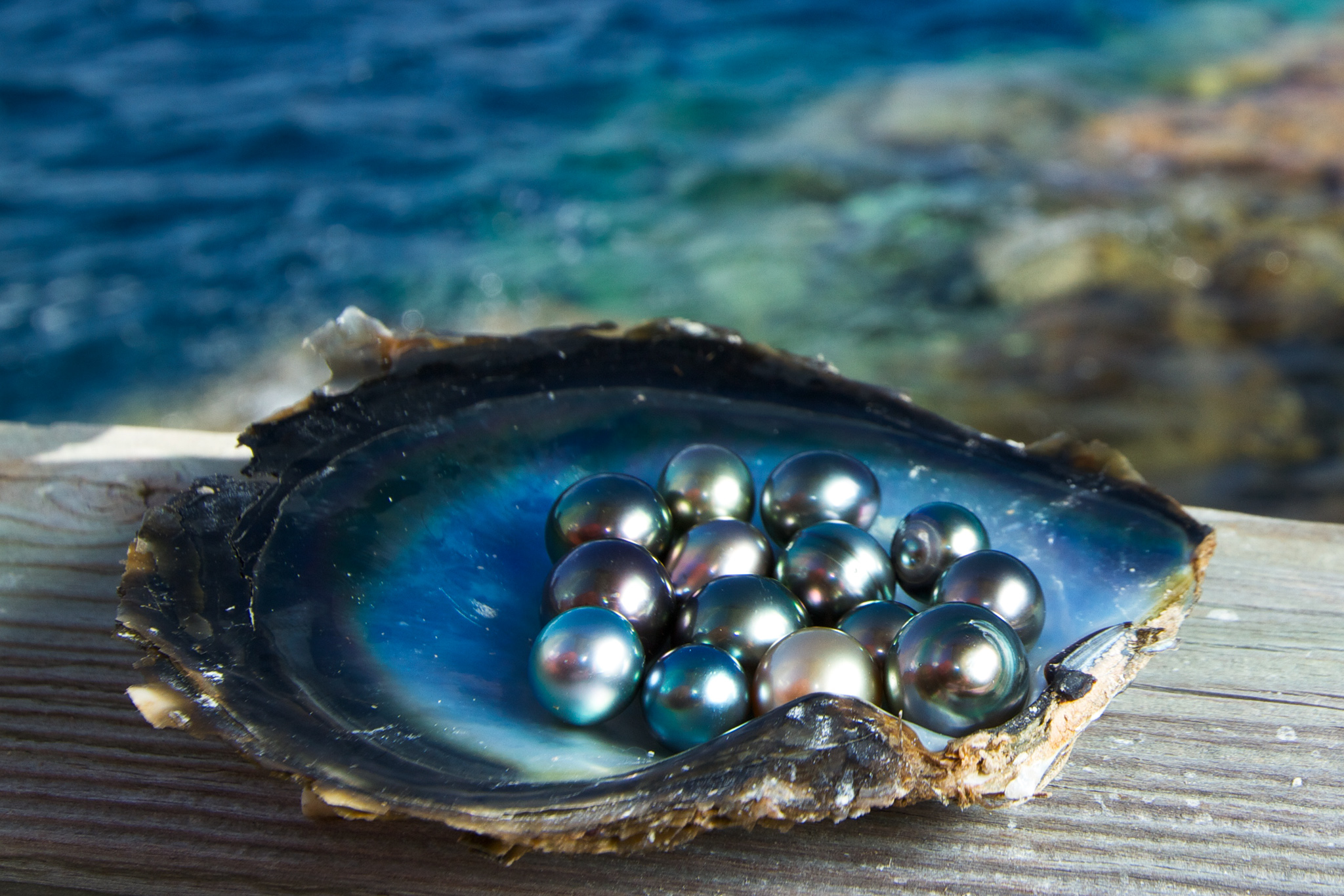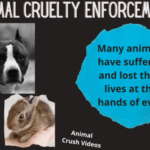The allure of pearls has transcended time and culture, often epitomizing elegance and sophistication in the realm of jewelry. However, as consciousness regarding animal welfare deepens, the ethical implications of pearl cultivation compel scrutiny. Are pearls the serene treasures of the ocean, or do they stem from a hidden narrative of animal cruelty? This investigation delves into the origins of pearls, the processes involved in their production, and the moral dilemmas entwined within what is often seen as a benign natural resource.
To comprehend the ethical ramifications surrounding pearls, one must first understand their origin. Natural pearls form when a foreign substance, such as a grain of sand, infiltrates the shell of a mollusk. In defense, the mollusk secretes layers of nacre—an iridescent substance—around the irritant, resulting in the formation of a pearl. This miraculous process unfolds naturally in the wild, where pearls can emerge as beautiful anomalies of nature. However, the quest for pearls has predominantly transitioned from the depths of the sea to modern aquaculture, where the methods of pearl farming can raise significant ethical questions.
Pearl cultivation often involves the practice of “seeding,” wherein the mantle tissue of a mollusk is grafted with a bead nucleus. This intrusion prompts the mollusk to initiate the production of nacre around the foreign object. While some advocates assert that this practice is a harmless enhancement of nature’s design, others argue that the physical manipulation of these creatures raises prominent concerns regarding their well-being. The harvesting process can result in distress, injury, and, in many instances, death to the mollusks involved. This manipulation challenges the long-held perception of pearls as innocuous gifts from the sea.
Moreover, the conditions under which these mollusks are raised often do not resemble the tranquil environments one might imagine. Many pearl farms confine mollusks to overcrowded settings, where they are vulnerable to diseases and environmental stressors. The very nature of aquaculture can create a breeding ground for bacteria, leading to painful infections for the creatures that live within these confines. Such realities evoke a stark contrast to the romanticized vision of pearls as merely “ocean jewelry.”
In recent years, a rising tide of awareness has emerged regarding ethical consumerism. A growing number of individuals are questioning the implications of their purchases, seeking to align their values with their consumption. In this context, pearls can be categorically scrutinized. Are jewelers and consumers complicit in a cycle of cruelty when they adorn themselves with such treasures? Each purchase of a pearl not only reflects a choice of aesthetic preference but also echoes an endorsement of the practices behind its production.
The ethical considerations surrounding pearls extend beyond the individual mollusk. The environmental impact of pearl farming cannot be overlooked. Intensive aquaculture practices can lead to significant ecological degradation. The process often involves substantial alterations to marine ecosystems, contributing to habitat destruction and the decline of native species. The footprints left by pearl farms can be extensive, resulting in lost biodiversity and disrupted marine life. The delicate balance of oceanic ecosystems deserves thoughtful consideration, as the ethical ramifications ripple far beyond individual pearls.
Fortunately, there is a burgeoning movement towards the promotion of sustainable and ethical alternatives. Some pearl producers are adopting more humane approaches, establishing practices that respect both animal welfare and ecological integrity. For instance, certain farms are exploring hybrid methods that minimize stress on mollusks, integrating biocompatible materials for seeding and improving living conditions. Consumers increasingly have the opportunity to invest in brands that prioritize ethical sourcing, giving rise to a new standard for luxury that intertwines beauty and responsibility.
For those who choose to remain ardent admirers of pearls, a deeper engagement with their origin can foster a more profound appreciation for these natural wonders. Awareness can catalyze change, empowering consumers to demand transparency from retailers. Questions about sourcing, harvesting methods, and ecological impact should become standard inquiries when contemplating a purchase. By embracing an ethical mindset, consumers can provoke a shift in the industry, whereby respect for animal welfare and the environment becomes integral to the allure of pearls.
As society evolves, so does the narrative around luxury goods. The binary notions of “cruel” versus “compassionate” can often overshadow complex realities. Pearls are undeniably beautiful, but the story behind them is multifaceted, demanding our attention and reflection. The journey towards ethical consumption begins with curiosity—a conscious decision to explore the implications of our choices.
In conclusion, the discourse surrounding pearls as products of animal cruelty is not merely about the jewels themselves; it is a broader conversation about our relationship with nature, our responsibility toward sentient beings, and our impact on the planet. As stewards of the Earth, we must ask ourselves: What value do we place on the lives of the creatures that contribute to our adornments? To engage authentically with this question is to embark on a path toward a more conscience-driven world where beauty and ethics coalesce harmoniously. This is the promise of an evolving perspective, one that invites curiosity, compassion, and ultimately, a profound respect for all living beings.








